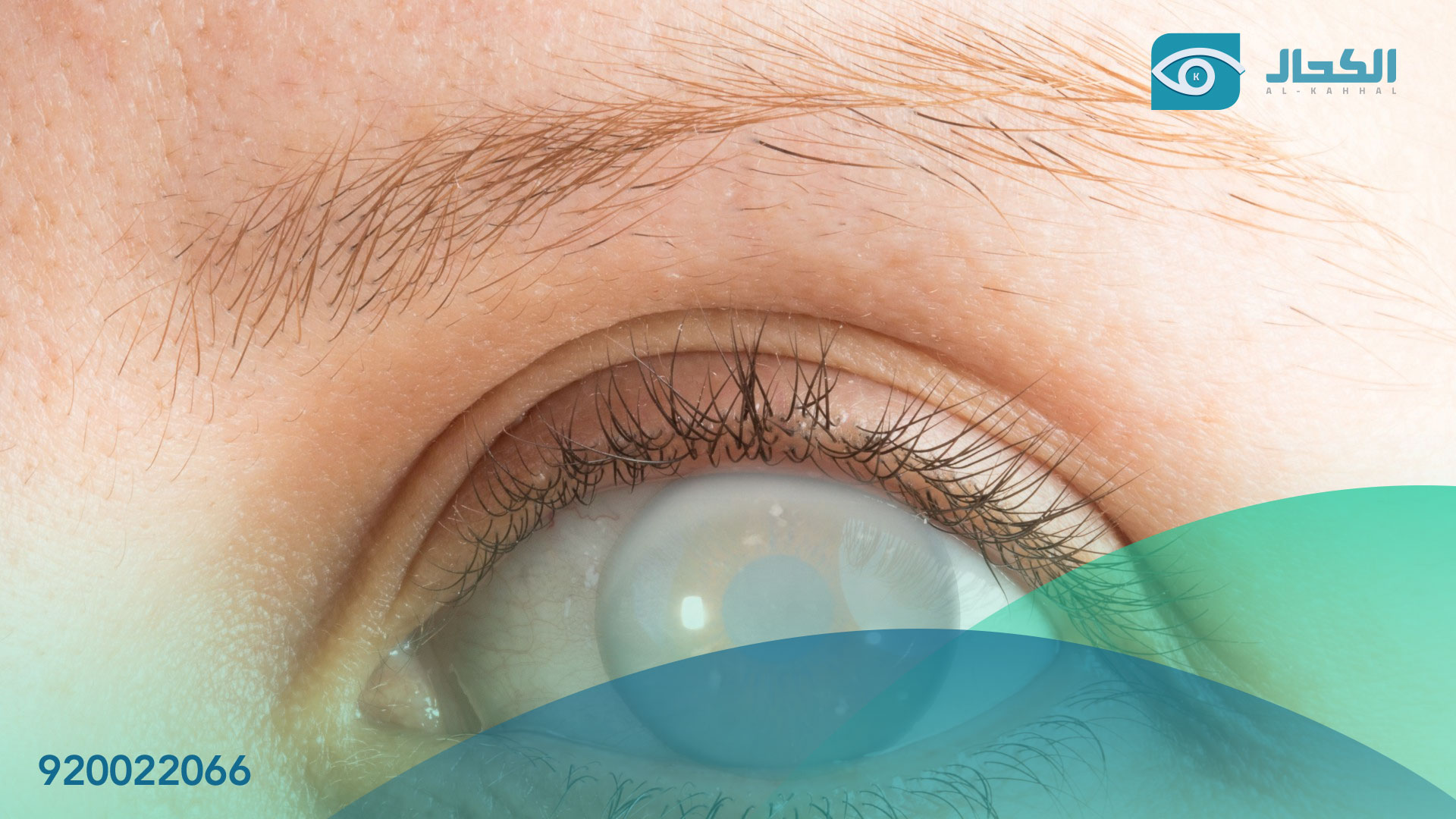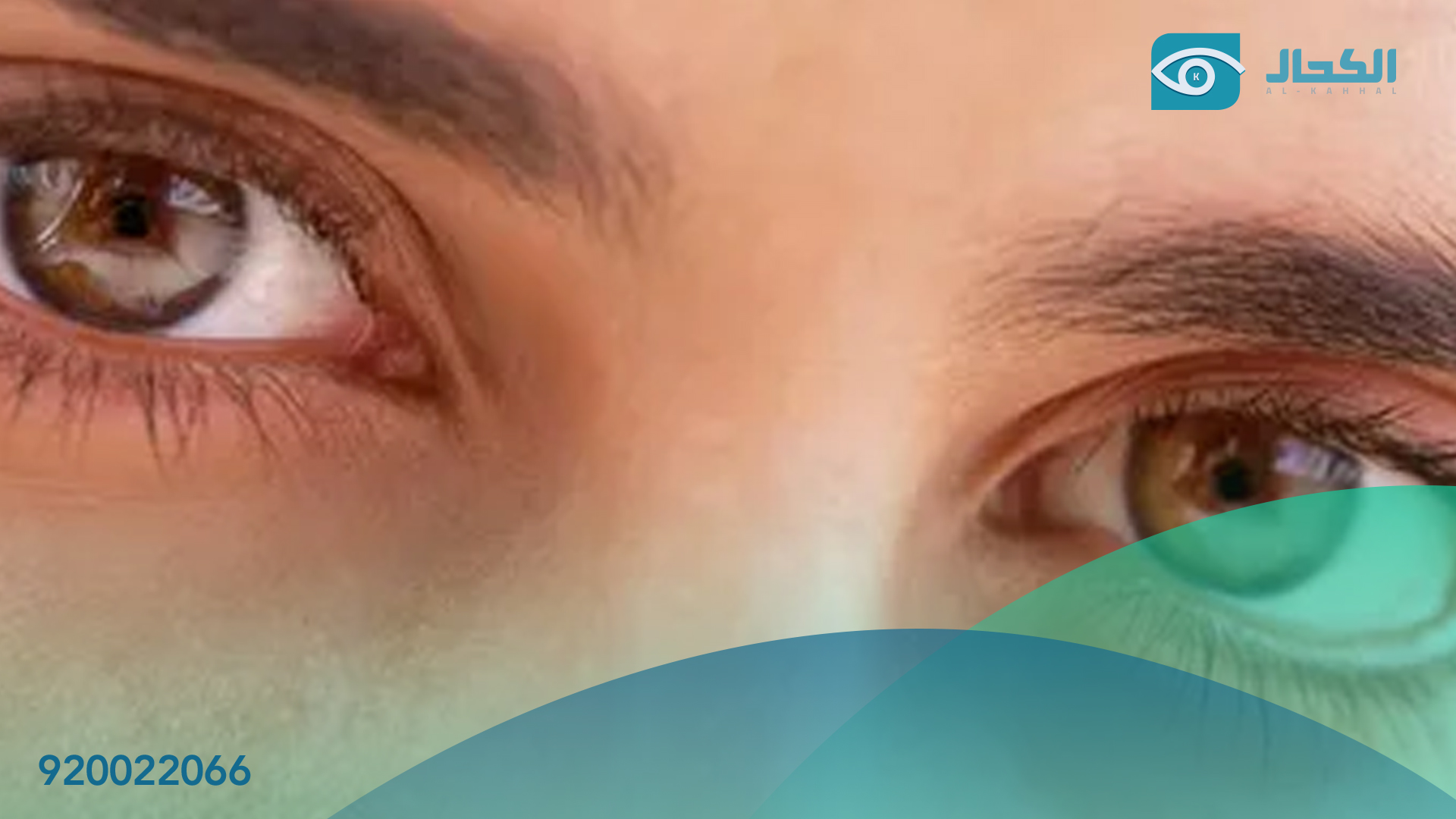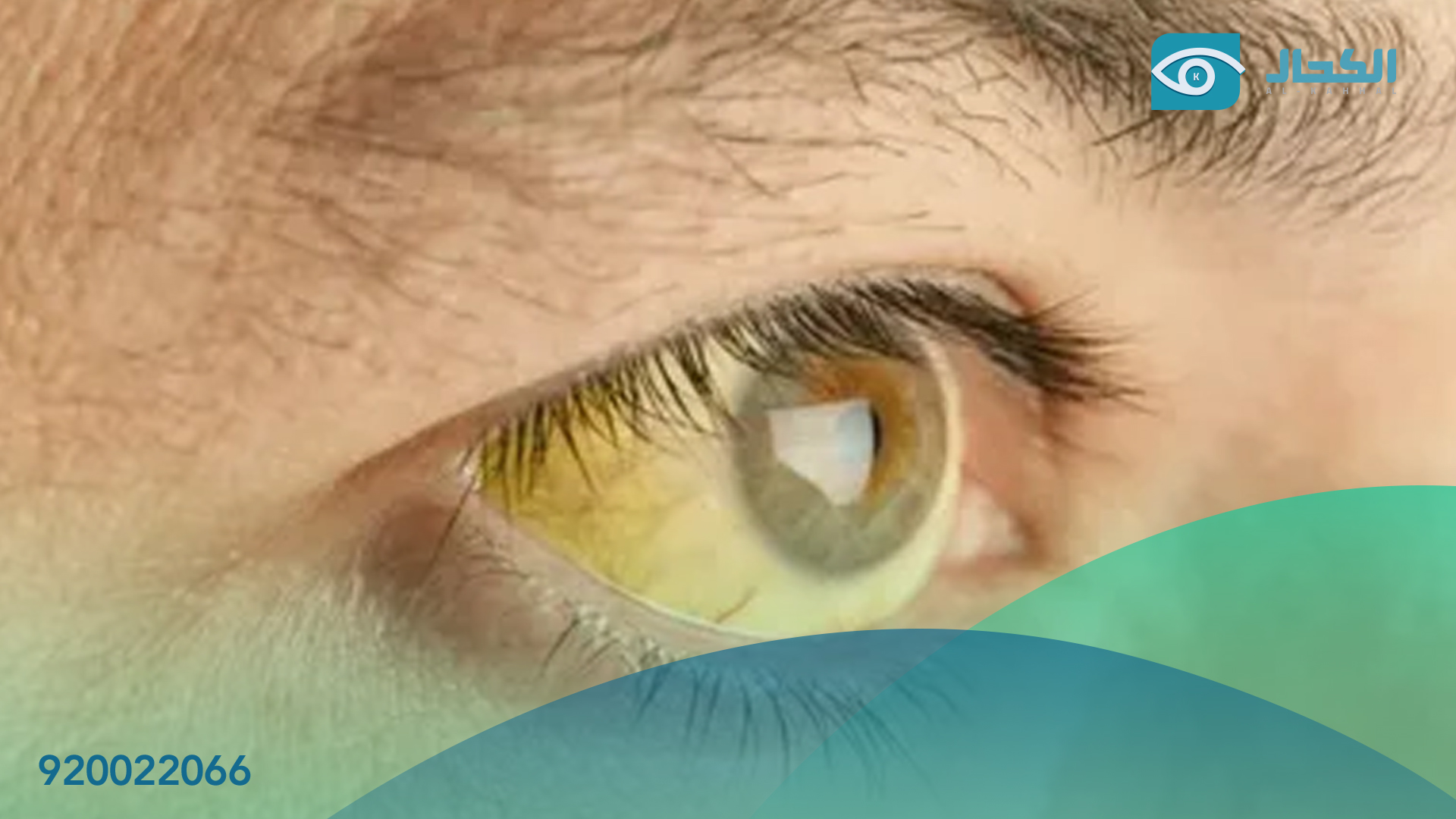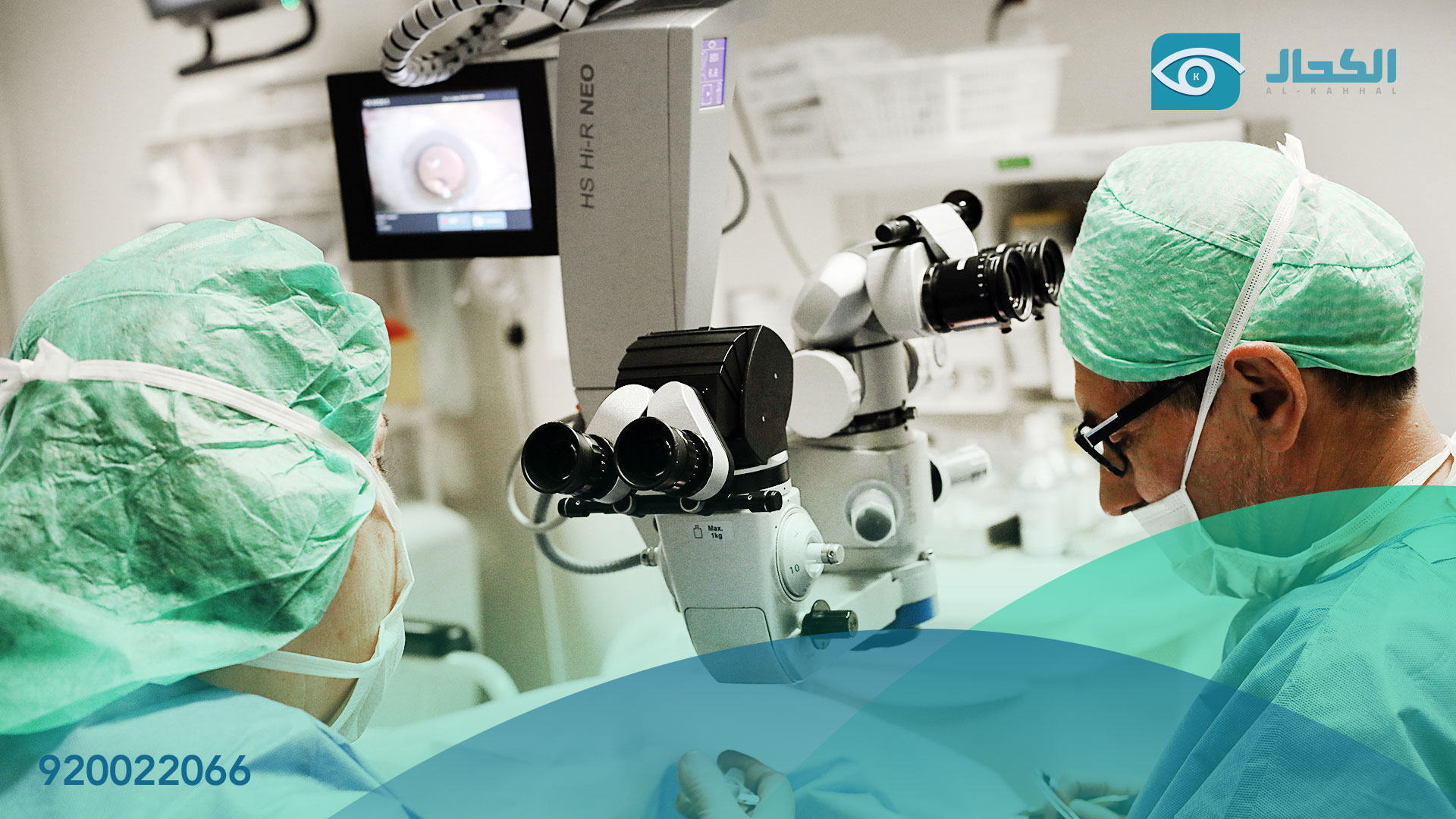
Eye Infection Treatment, Causes
Eye Infection Treatment, Causes

Eye Infection Treatment, Causes
An eye infection is a condition where harmful microorganisms, such as bacteria, viruses, or fungi, invade parts of the eye or surrounding tissue, leading to symptoms like redness, irritation, swelling, or discharge. Eye infection treatment depends on the cause and severity of the infection. In mild cases, eye infection treatment may involve home remedies like warm compresses and proper hygiene. For more serious infections, prescription medications such as antibiotic or antiviral drops are often needed as part of the eye infection treatment plan. Early and accurate eye infection treatment is key to preventing complications and protecting your vision.
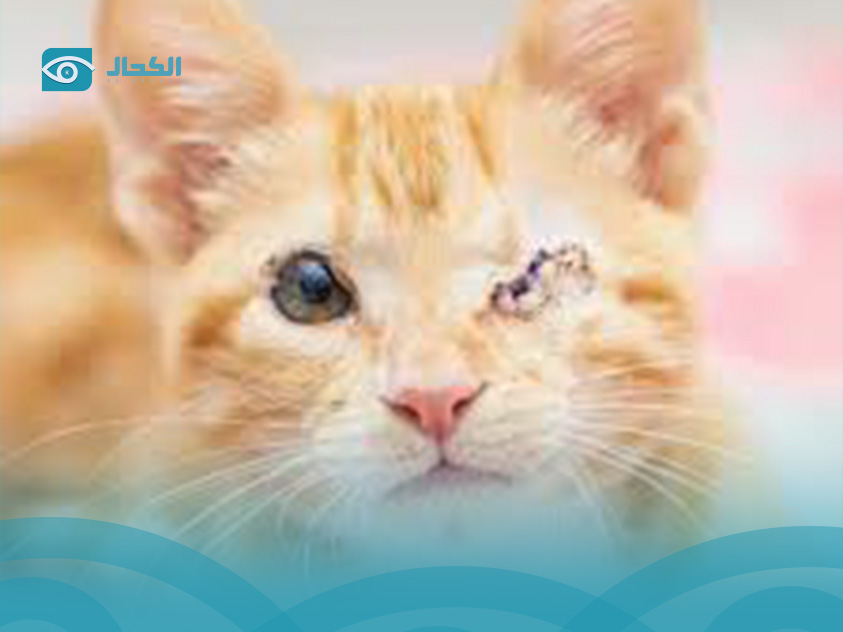
There are many different factors that can lead to an eye infection, and understanding what causes eye infections is essential for proper prevention and treatment. From everyday irritants to more serious pathogens, several things can disrupt the eye’s natural defenses. One of the most common causes eye infections is poor hygiene or direct contact with contaminated surfaces. In some cases, exposure to environmental elements or improper use of eye products also causes eye infections and increases the risk of complications.
Eye infections can be caused by a variety of pathogens and irritants. The most common causes include:
Bacteria: Often linked to poor hygiene, contaminated hands, or old makeup. Bacterial conjunctivitis is one of the most common types.
Viruses: Such as adenovirus (which causes viral conjunctivitis) or herpes simplex virus. These infections can be contagious and may require antiviral treatment.
Fungi: Rare but serious, fungal infections can occur after an eye injury or from contaminated contact lenses.
Allergens: Dust, pollen, pet dander, or mold can cause allergic reactions that may lead to inflammation and increased risk of infection.
Foreign bodies: Dirt, sand, or even small particles entering the eye can lead to irritation and secondary infections.
Contaminated contact lenses: Wearing lenses for too long or not cleaning them properly can introduce harmful bacteria or fungi into the eye.
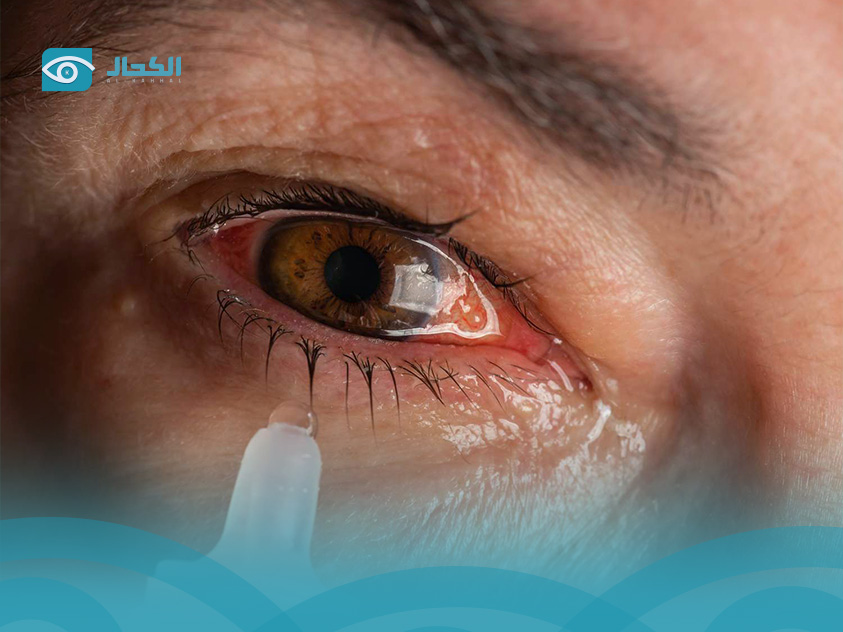
Eye infections can affect different parts of the eye and vary in severity, from mild irritation to more serious conditions that threaten your vision. Understanding the different eye infection types is essential for recognizing symptoms early and choosing the right treatment. While some eye infection types are caused by viruses or bacteria, others may be linked to allergens, fungi, or poor hygiene. Knowing the signs of common eye infection types can help you seek proper medical care and avoid complications
1. Conjunctivitis (Pink Eye)
Cause: Viral, bacterial, or allergic.
Description: Conjunctivitis is the inflammation of the conjunctiva, the thin, clear tissue that lines the white part of the eye and the inside of the eyelid.
Symptoms: Redness, itchiness, watery or yellow-green discharge, and a gritty sensation.
Note: Highly contagious in its viral and bacterial forms.
2. Keratitis
Cause: Bacteria, viruses, fungi, or parasites (especially linked to contact lens use).
Description: Keratitis is inflammation or infection of the cornea, the clear front surface of the eye.
Symptoms: Eye pain, redness, blurred vision, light sensitivity, and excessive tearing.
Note: Can be serious and may cause vision loss if not treated promptly.
3. Blepharitis
Cause: Bacterial buildup, skin conditions like dandruff or rosacea.
Description: Chronic inflammation of the eyelids, especially around the lash line.
Symptoms: Red, swollen eyelids, crusting, burning sensation, and itchy eyes.
Note: Often recurring and requires consistent eyelid hygiene.
4. Stye (Hordeolum)
Cause: Bacterial infection (commonly Staphylococcus aureus).
Description: A stye is a painful, red bump on the edge of the eyelid, caused by a blocked oil gland.
Symptoms: Localized swelling, tenderness, and sometimes pus formation.
Note: Usually resolves on its own but warm compresses can speed up healing.
5. Chalazion
Cause: Blocked oil gland (not typically caused by infection but may result from an untreated stye).
Description: A painless lump or swelling in the eyelid.
Symptoms: Swelling, slight tenderness, blurred vision if large.
Note: May need minor surgery if it doesn't go away.
6. Ocular Herpes (Herpes Simplex Keratitis)
Cause: Herpes simplex virus (HSV-1).
Description: A recurring viral infection that affects the cornea and surrounding areas.
Symptoms: Eye redness, pain, tearing, light sensitivity, and blurred vision.
Note: Requires antiviral medication and can cause permanent damage if untreated.
7. Endophthalmitis
Cause: Bacterial or fungal infection (often post-surgery or eye injury).
Description: A severe infection inside the eye that affects internal structures.
Symptoms: Severe eye pain, decreased vision, redness, and swelling.
Note: A medical emergency—requires urgent treatment.
Treating an eye infection depends on the underlying cause—whether it’s bacterial, viral, fungal, or allergic. Getting the correct diagnosis is essential to avoid complications and to choose the most effective treatment for eye infections. Since not all cases are the same, treatment for eye infections varies based on the source and severity. Below are the most common treatment for eye infections options depending on the type of infection:
Use: Helpful for bacterial infections like styes, blepharitis, or chalazions.
How it works: A clean, warm cloth applied to the eye helps reduce swelling, promote drainage, and soothe discomfort.
Tip: Use a new, clean cloth each time to prevent spreading the infection.
Use: For bacterial infections such as bacterial conjunctivitis or keratitis.
How it works: Prescription antibiotic drops or ointments eliminate the bacteria causing the infection.
Note: Do not use antibiotics for viral or fungal infections—they won’t be effective.
Use: For viral infections like ocular herpes or viral conjunctivitis.
How it works: Antiviral eye drops, ointments, or oral medications help control the virus and reduce flare-ups.
Note: Some viral infections (like mild viral conjunctivitis) may heal on their own with supportive care.
Use: For rare fungal infections, especially after injury or contamination from contact lenses.
How it works: Antifungal drops or oral medications are prescribed by an eye specialist and may require long-term use.
Note: Prompt treatment is critical, as fungal infections can be severe.
Use: To relieve irritation, dryness, and redness in mild or allergic infections.
How it works: Keeps the eyes moist, flushes out irritants, and soothes inflammation.
Note: Use preservative-free versions for frequent use.
Use: For infections triggered or worsened by allergic reactions.
How it works: Antihistamine eye drops or oral medications reduce redness, itching, and swelling.
Tip: Avoid known allergens and practice good eye hygiene.
Important for all types of eye infection treatment.
Includes:
Washing hands before touching eyes
Not sharing towels, cosmetics, or contact lenses
Cleaning or replacing contact lenses as directed
Avoiding rubbing the eyes
Seek immediate medical care if you experience:
Severe pain
Sudden vision changes
Light sensitivity
Swelling that spreads
Discharge that worsens
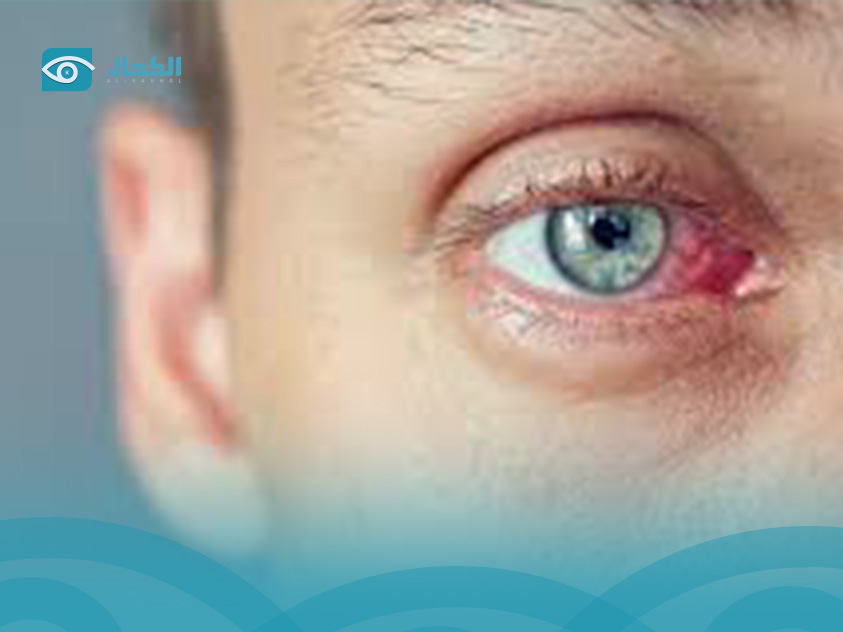
The type of medicine for eye infections depends on the root cause, whether it's bacteria, viruses, fungi, or allergens. Choosing the correct medicine for eye infections is crucial for fast recovery, symptom relief, and preventing long-term complications. From antibiotic drops to antifungal treatments, each medicine for eye infections works differently based on the specific infection and severity
1. Antibiotic Drops/Ointments
For bacterial infections (e.g., conjunctivitis, styes).
Examples: Erythromycin, Tobramycin, Ciprofloxacin
They kill bacteria and are usually used for a few days.
2. Antiviral Medications
For viral infections like ocular herpes.
Examples: Acyclovir, Ganciclovir, Trifluridine
They reduce viral activity and prevent flare-ups.
3. Antifungal Treatments
For rare fungal infections, often linked to contact lens use.
Examples: Natamycin, Amphotericin B, Fluconazole
These need close medical supervision.
4. Anti-Allergy Drops
For allergic conjunctivitis or irritation.
Examples: Olopatadine, Ketotifen
They relieve itching, redness, and swelling.
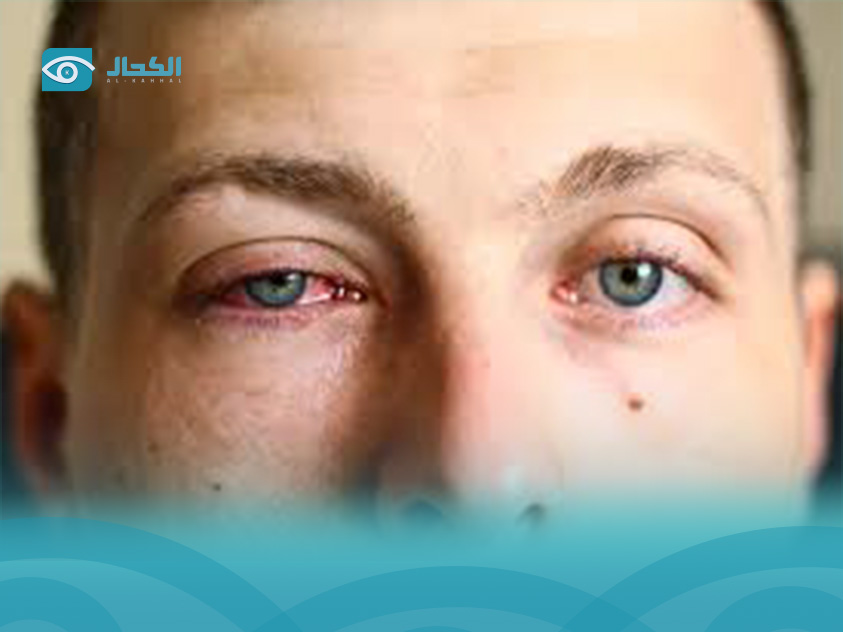
Struggling with eye discomfort, redness, or vision changes?
Don’t ignore the signs! effective eye infection treatment starts with expert care.
At Al-Kahhal Medical Complex, we offer specialized eye infection treatment using the latest diagnostic tools and medical technologies. Our team of experienced ophthalmologists provides personalized care to treat bacterial, viral, fungal, and allergic eye infections , safely and efficiently.
From precise diagnosis to tailored treatment plans, we ensure every patient receives world-class attention in a comfortable, trusted environment. Whether you're dealing with irritation, discharge, or recurring infections, we’re here to restore your eye health and peace of mind.
Your eyes deserve expert attention. Book your consultation today with Al-Kahhal , where advanced technology meets compassionate care.
A condition caused by bacteria, viruses, fungi, or allergens that leads to redness, swelling, irritation, or discharge.
Poor hygiene or contaminated hands , Bacteria, viruses, or fungi , Allergens (dust, pollen, pet dander , Contact lens misuse & Eye injury or foreign particles
Conjunctivitis (Pink Eye): Redness, itchiness, discharge Keratitis: Cornea infection, pain, blurred vision Blepharitis: Inflamed eyelids, crusting, burning Stye: Painful red bump on eyelid Chalazion: Painless eyelid lump Ocular Herpes: Viral infection, redness, pain Endophthalmitis: Severe internal infection, emergency
